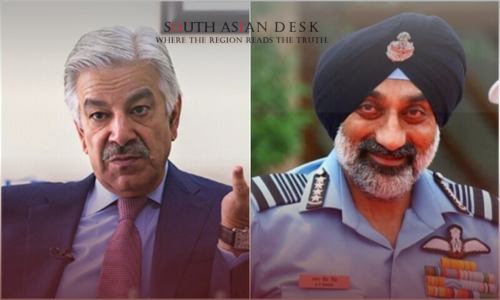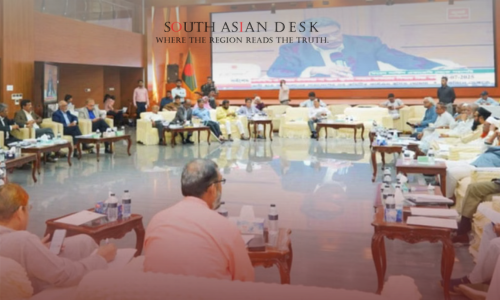Amid the scars of recent border strife, the Indian air chief claims have ignited deep frustration across Pakistan, stirring emotions of disbelief and national pride as families recall the human cost of such disputes. Defence Minister Khawaja Asif has outright rejected assertions by Indian Air Chief Marshal Amar Preet Singh, labelling them as implausible and comical, while insisting that no Pakistani aircraft suffered damage during the intense May confrontations.
The controversy stems from Singh’s recent statements, where he alleged that Indian forces successfully targeted five Pakistani fighter jets and one large surveillance plane using advanced missile systems, with additional strikes on grounded aircraft at bases in Sindh and Punjab. He described these actions as a significant achievement in surface-to-air engagements, backed by electronic data, yet the timing, coming months after the events, has raised eyebrows and prompted sharp rebukes.
Pakistan’s Defense Minister’s After Indian Air Chief Claims
In response, Asif emphasised Pakistan’s successes, stating that his country’s forces neutralised six Indian jets, air defence installations, and unmanned vehicles, effectively disrupting several Indian airbases. He called for transparent verification of aircraft inventories by independent parties to settle the matter, warning that exaggerated narratives heighten dangers in a region shadowed by nuclear capabilities. The minister affirmed Pakistan’s commitment to defending its sovereignty with measured yet firm actions, a stance that resonates with many who feel the weight of ongoing regional instability.
Background of These Accusations
The May clashes erupted following unsubstantiated accusations from New Delhi about an attack in occupied Kashmir’s Pahalgam area, which Islamabad firmly denied. What began as air-to-air skirmishes on 7 May escalated into reciprocal strikes, culminating in a ceasefire on 10 May brokered through international mediation. Observers note that the conflict marked heavy setbacks for Indian operations, with reports of multiple aircraft losses acknowledged by various assessments, including those from foreign intelligence and political figures.
Pakistan has shared technical details with global audiences to support its position, highlighting discrepancies in Indian accounts and pointing to visual records of downed enemy planes. In international discussions, Asif referenced widespread online documentation as corroboration for Pakistan’s achievements, though critics question the reliance on such sources amid the fog of war. Indian opposition voices have also queried their government’s handling of the operation, citing intelligence lapses that exposed vulnerabilities, such as underestimating missile ranges leading to unexpected losses.
This exchange has left South Asians grappling with a sense of unease, as conflicting stories erode trust and revive painful divisions. Communities divided by borders long for clarity and peace, hoping that dialogue might one day heal these wounds. Yet, the Indian air chief claims persist as a stark symbol of the challenges facing reconciliation in the region.
Published in SouthAsianDesk, August 10th, 2025
Follow SouthAsianDesk on X, Instagram, and Facebook for insights on business and current affairs from across South Asia.






